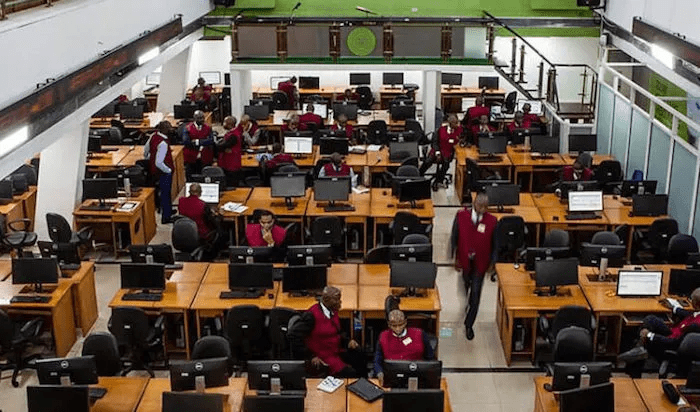Rescue teams in Nepal and India are racing against time to deliver aid and reach stranded communities after days of relentless rainfall triggered deadly floods and landslides, killing more than 70 people across the two countries.
The torrential rains, which began on October 3, have now subsided, but the aftermath has left a trail of destruction, roads washed away, bridges collapsed, and several villages completely cut off.
Helicopters and motorboats have been deployed as part of ongoing rescue and relief operations.
In Nepal, officials from the National Disaster Risk Reduction and Management Authority confirmed that at least 46 people have died and six remain missing following rain-induced disasters across the hilly regions.
“We had to trek long distances through the mountains, even using ropes to cross swollen rivers,” said local police officer Laxmi Bhandari.
“Now that the rain has eased, we are focused on delivering relief and rescuing those still trapped.”
Over the weekend, major highways that had been blocked began reopening, allowing movement for hundreds of stranded travellers returning home after the Dashain festival.
Across the border in India, authorities reported at least 28 fatalities, with the Himalayan region of Darjeeling in West Bengal suffering some of the worst damage.
“Landslides have occurred at 35 different locations, destroying more than 100 homes,” said state police official Praween Prakash. “Ten people remain unaccounted for, and the toll could rise once rescuers reach the remote sites.”
Tourists trapped in Darjeeling were advised to remain in place as rescue operations continued. Some were even evacuated using elephants after mountain roads were completely swept away.
“When we woke up on Sunday, the road was gone,” recalled 65-year-old tourist Saurav Patil. “We’re just waiting and hoping to get out soon.”
Residents like 35-year-old Anita Thapa described the devastation as total. “My home on top of the hill came down like a house of cards,” she said. “Everything is gone.”
The floods have also swollen rivers in neighboring Bhutan, where Indian army teams have joined the regional rescue efforts.
Monsoon rains, which typically last from June to September, cause widespread flooding in South Asia each year, but experts warn that the increasing frequency and severity of such disasters are being intensified by climate change.
Rescue efforts intensify as deadly floods devastate Nepal, India


